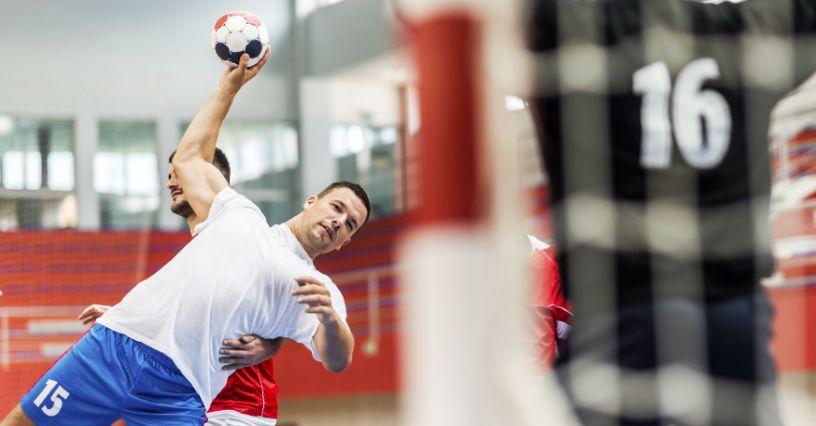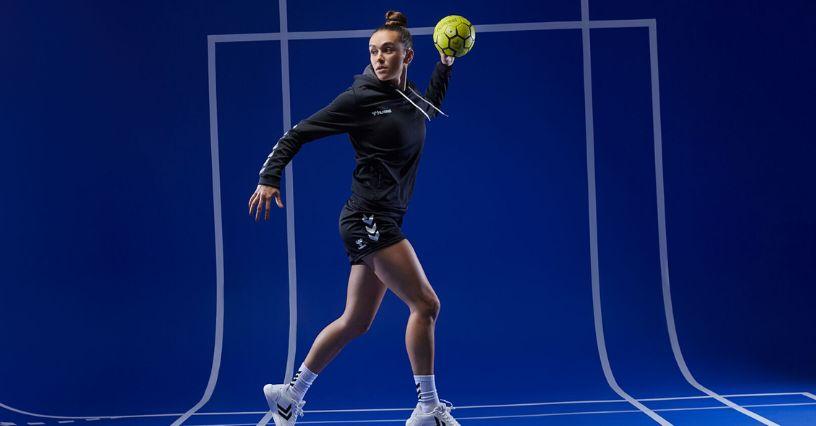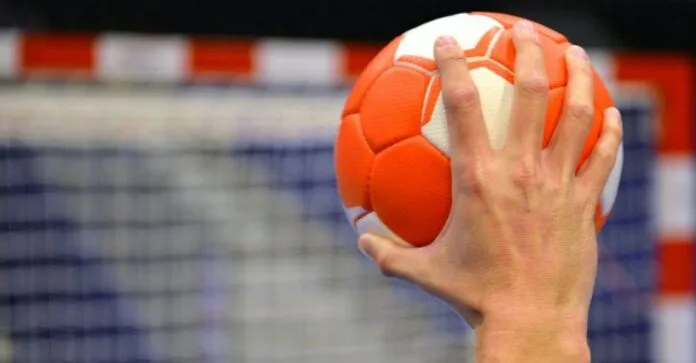Choosing the right handball is crucial to success on the court, whether you are a junior or senior player.
Each age group and level of play requires a different type of ball to allow players to have proper control, grip and accuracy.
Learn more about the construction of a handball, as well as the sizes and types of balls for children, youth and adult players, so that you can choose the equipment perfectly adapted to your needs .
Handball – characteristics
The handball is relatively small comparedhttps to other sports balls such as basketball, volleyball or soccer. Its circumference is between 50 and 60 cm (depending on the age category) and its weight is between 290 and 475 grams.
The correct weight according to age, gender or training level makes it easier to control and handle the ball during the game. The standard pressure inside a handball is 0.6 bar. The correct pressure is important for the ball to behave correctly during the game .
For handball, balls with a cover made of natural leather or synthetic materials such as polyurethane are used. Leather balls are more traditional, durable and soft to the touch, while synthetic models are more durable and resistant to heavy use and weather conditions.
These are perfect for indoor and outdoor play. Inside the handball is an air chamber – ideally this should be made of latex, due to its good air retention and lack of susceptibility to deformation .
The handball has 32 distinctive patches, usually in the shape of hexagons, which are sewn or glued together. In addition, its surface is convex and has anti-slip properties, which helps players to grip and control the ball better.
The handball can be available in different colors and patterns for better visibility during the game .
It is worth noting that handballs must meet strict standards and be approved by international federations such as the IHF (International Handball Federation) and the EHF (European Handball Federation). .
This is especially true for use during official competitions and matches. Due to certain specifications regarding size, weight, materials and other characteristics, the handball is optimized for performance and safety during the game .
Size of handballs
Handballs are available in a wide variety of sizes – from size 00 to size 3 . The right fit for age and gender is extremely important here, as it allows you to achieve maximum performance and enjoyment of the game, but also promotes skill improvement. Using a ball that’s too big can be frustrating because you won’t be able to catch it properly or pass or throw it accurately.
It’s worth remembering that these dimensions are general guidelines that may vary slightly from one manufacturer to another. Therefore, it’s always a good idea to check what the recommended handball sizes are for the specific league, tournament or competition you plan to participate in .

Handball size 00 and 0
Size 00 handballs are designed for children under 6 years of age. They have a diameter of 44-46 cm and weigh between 180-200g. On the other hand, the size 0 models (diameter 47-50 cm, weight 200-270g) are suitable for the training of children aged between 6 and 8 years .
Sizes 0 and 00 are unofficial as they have not been standardized by the IHF. They are only used for training the youngest handball players, who need a smaller and lighter ball to play and learn basic skills .
Handball size 1
The size 1 handball is a model with a diameter of 50-52 cm, weighing between 290 and 330 g. This size is dedicated to younger players, often of school age, juniors (8-12 years) and junior girls (8 -14 years) .
Handball size 2
The size 2 ball is characterized by a diameter of 54-56 cm and a weight of 325-375 g. Handballs of this size are used in amateur and professional competitions for women (from the age of 14) and boys with ages between 12 and 16 .
Handball size 3
The size 3 handball has a diameter of 58-60 cm and usually weighs between 425 and 475 g. Balls of this size are used in competitions for boys (after 16 years) and men, both at amateur and professional level .

Training or match – which handball to choose?
Choosing between a practice ball and a match ball depends on your level of play, your game goals and your budget. For most players, the best option will be to have both types to be able to train and prepare for official matches, while maintaining the quality of the game .
The training ball is designed for training and daily exercise. It tends to be more durable, meaning it can withstand long hours of heavy use. Due to its durability and affordability, it is a good option if you are training or teaching younger players or are a beginner. Practice balls tend to be cheaper than match balls, making them more accessible to the average player .
On the other hand, a match ball is used during official games and competitions. It is usually more precisely balanced and made of higher quality materials, allowing for better control and accuracy during throws and passes. If you’re an advanced player or play at a high level of competition, it’s worth investing in a good match ball to get the best results .
What beach handball?
In addition to the so-called street handballs, there is a second type, namely beach handballs . They are made of synthetic materials due to their high resistance to mechanical damage and weathering. Also, their size is closely related to the gender and age of the players. Children playing handball on the beach play with a rubber model with a small circumference. Women’s games use a ball with a diameter of 50–53 cm and a weight of 280–300 g, while men play with a ball that has a circumference of 54–56 cm and a weight of between 350 and 370 g .
In short, if you’re keen to improve your handball skills or plan to introduce your child to the world of this dynamic and impressive team sport, don’t forget to adjust the size of the ball to your age, training level and gender. The accuracy and quality of the materials used in the manufacture of a handball are also important, so always opt for models from recognized brands. On attractivesport.com we have collected handballs for children, youth and adults from such manufacturers as: SELECT, Kempa, Hummel, Joma, Molten or PUMA .



